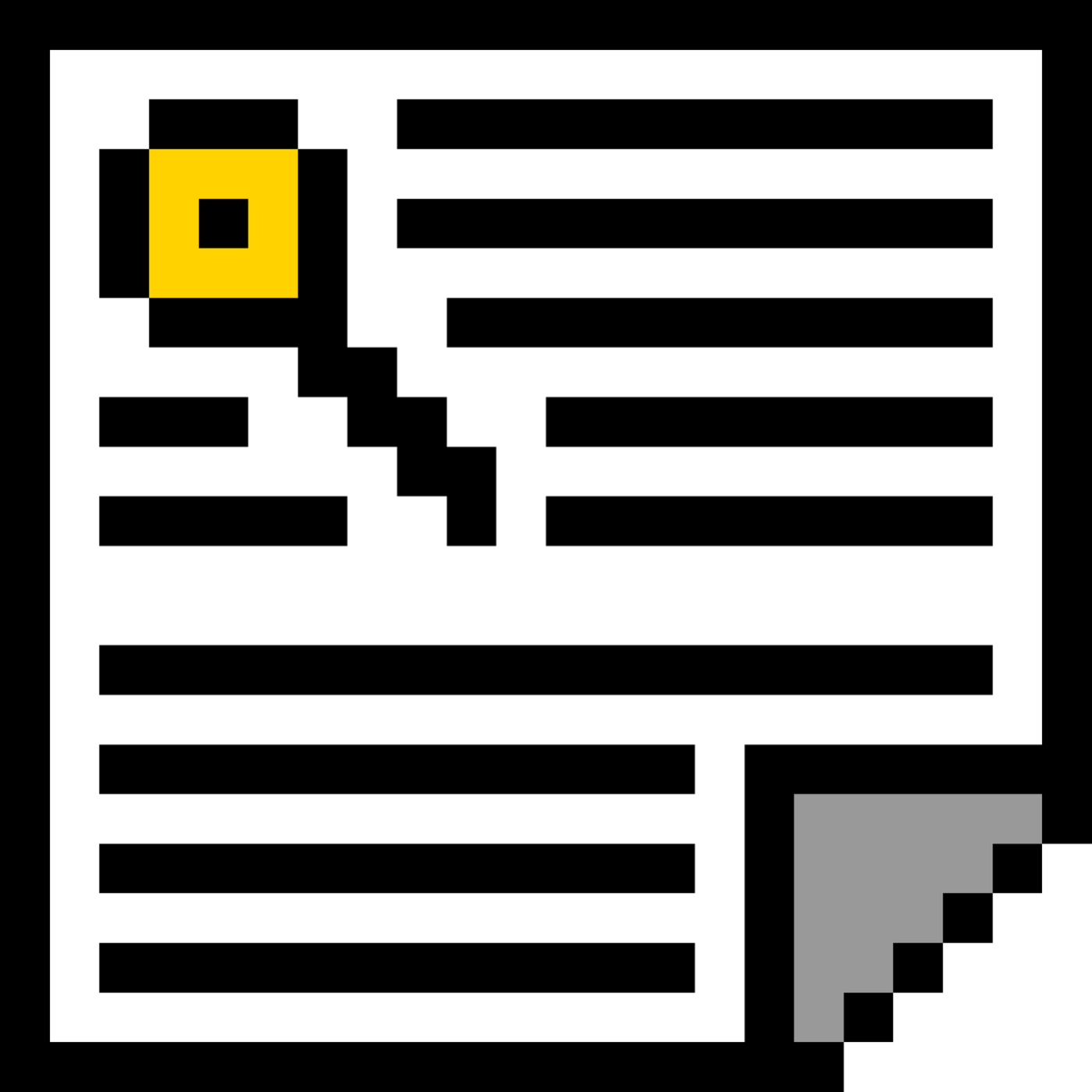3,909 reads
Simplifying Object Manipulation: Grouping and Ungrouping Fabric.js Objects
by
June 1st, 2023
Audio Presented by
Story's Credibility





About Author
Leading Teams, Building Platforms, and Implementing Innovative Solutions.



Leading Teams, Building Platforms, and Implementing Innovative Solutions.